Furniture Rental Is Shaking Up The Interiors Industry
There's a rise in furniture rental, offering a more sustainable approach to the way we shop. Could this be the future of interior design?

Imagine being able to switch your sofa, your bed, and even your art on a monthly basis. Being able to afford high-end designer pieces, and having the freedom to change your mind and your taste and to try out new styles – without feeling guilty for it, and without it costing an arm and a leg.
With the rise of furniture rental companies, this has become a reality for many savvy shoppers – or should we say – borrowers.
It’s a brilliantly simple concept where people can hire new, previously owned, and vintage pieces directly from exclusive brands, galleries, or private collections.

But this new conceptis about more than just having access to expensive designs or being able to change your tastes, it’s about sustainability.
Gone are the days when we buy a sofa for life. We like to update our home interiors on a regular basis, treating ourselves to new furniture, artworks, accessories and design pieces.
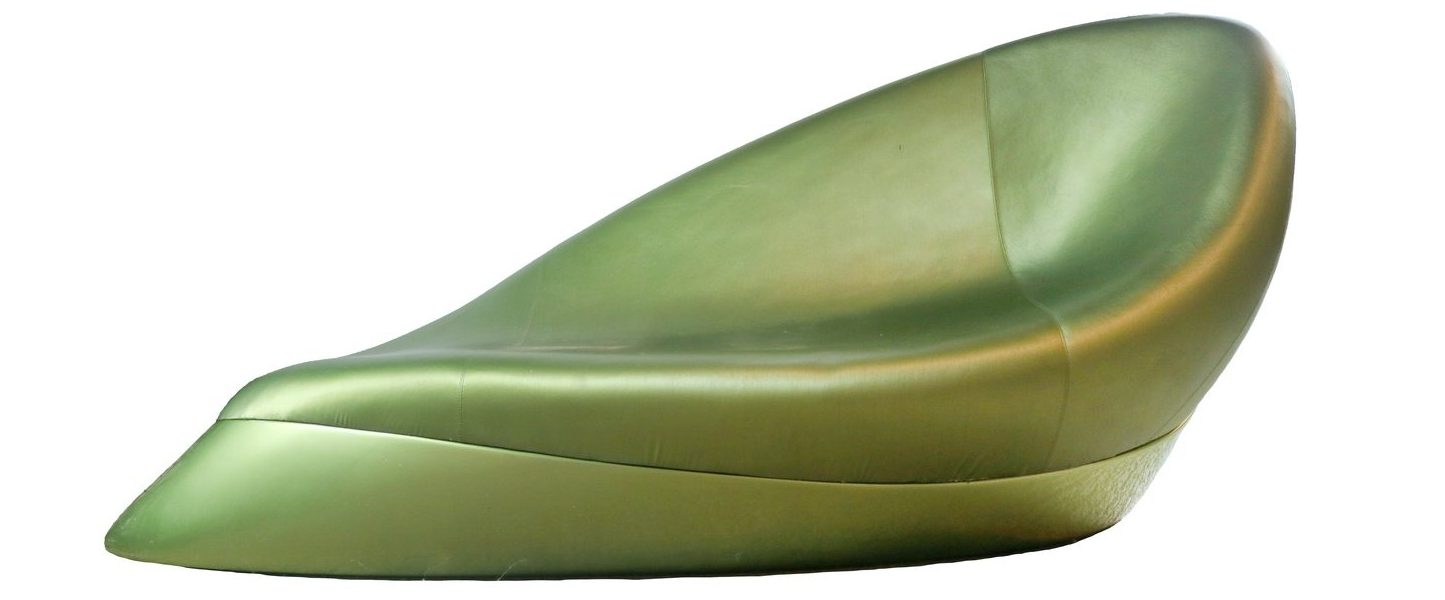
But should be really bedisposing the things that are no longer to our taste, or that we no longer have room to store?
Enter Harth, a more sustainable approach to interior design,enabling consumers to rent furniture, home décor and art – or rent theirs out.
The Livingetc newsletters are your inside source for what’s shaping interiors now - and what’s next. Discover trend forecasts, smart style ideas, and curated shopping inspiration that brings design to life. Subscribe today and stay ahead of the curve.
Harth is the world’s first furniture, accessories and art rental platform, and according to their website, their aim is to tackle overproduction and provide a more environmentally friendly alternative to ownership or storage.

The benefits to consumers are obvious.
Rather than agonising over whether the investment of buying it is worth it, you can try it out and, if you get bored of it or move house, simply swap it for something else, guilt-free.It's now easier than ever to decorate with high-end pieces – without blowing the budget.
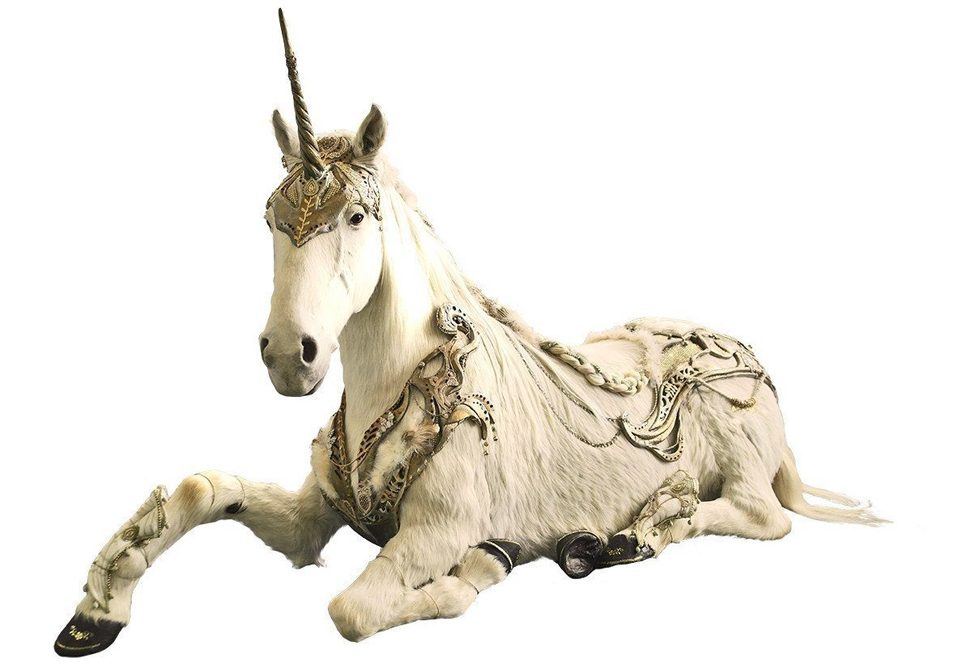
Harth's website features everything from one-off-pieces like Aynhoe Park's taxidermy unicorn to design classics and even bunk beds and highchairs for children. Borrowers can choose frombar carts, paintings, sculptures, chairs, sofas, side tables, and cabinets, from modern styles to vintage pieces and from the latest trends toex-displays straight from this season’s Milan shows.
Standout items include an Aqua Table designed by Zaha Hadid, as well as artworks by Stephen Farthing and Jonathan Yeo.
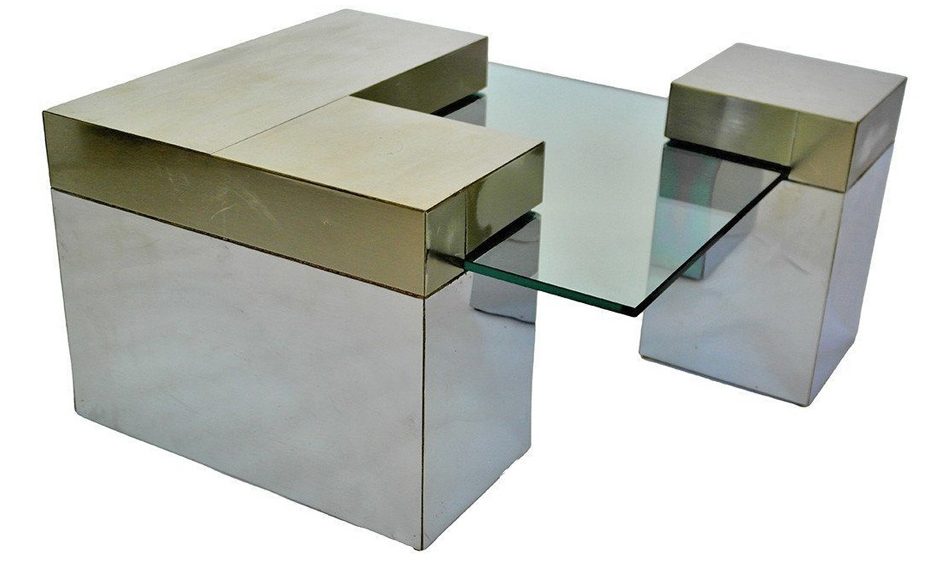
Harth FounderHenrietta Thompson wasa design writer and editor, and had been hearing designers, makers and artists talk of the same frustrations for years. An entire industry, it seemed, was conflicted: wanting to create stuff, but for a world that often didn’t really need it. Good design was too often either inaccessible or unsustainable.
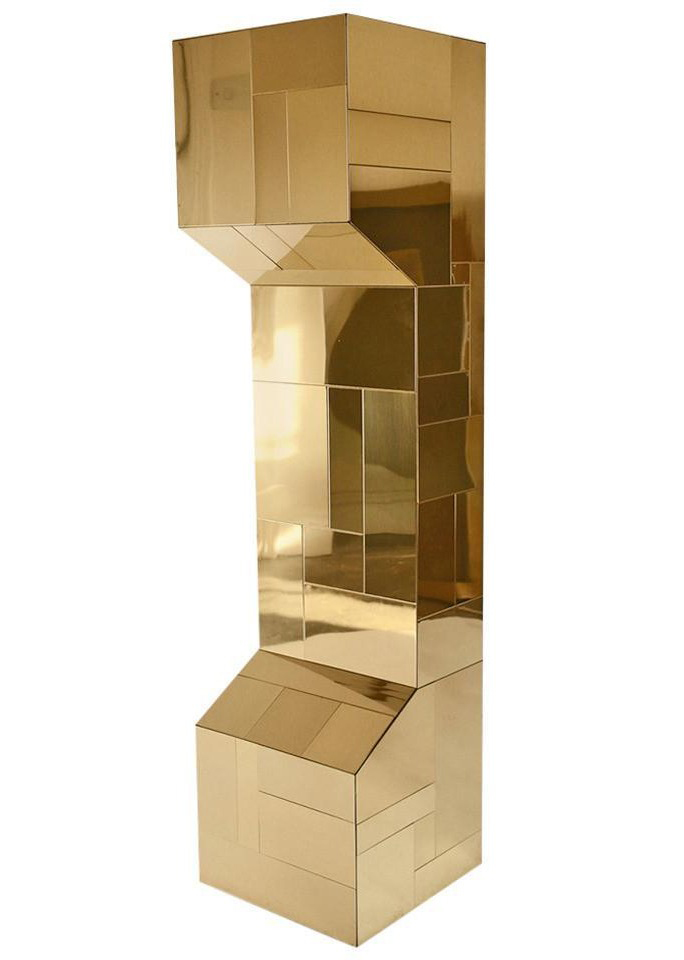
Meanwhile, with her husband Ed Padmore, it was clear that a new, better solution was needed both at home and at work. They constantly had things in storage they didn’t want to sell. They fell in love with new things they had no room for. And after moving house and office four times in two years, they had experienced logistics at its best and worst.
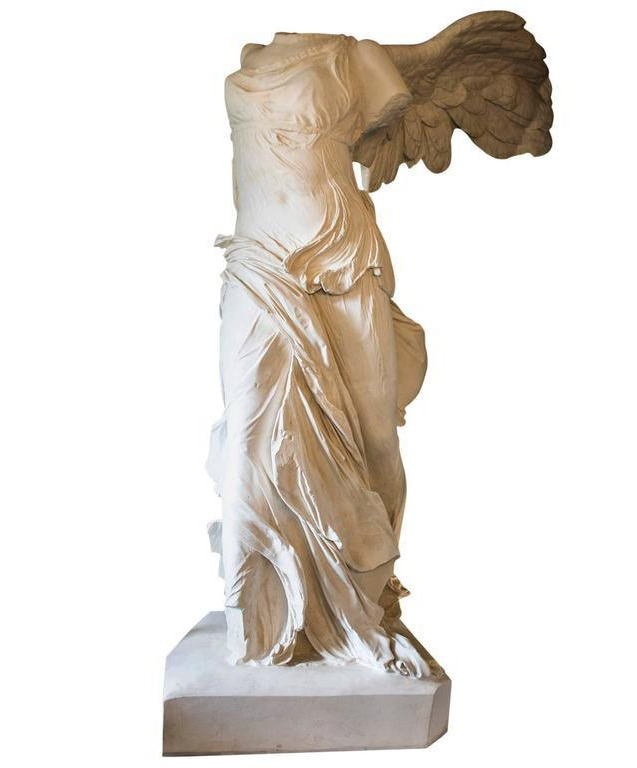
Shouldn’t it be possible to bring a circular economy to the world of interior design? Thanks to improvements in technology, logistics and insurance and the slowly changing attitudes to ownership and experience, yes it should. And so Harth was born.
But they're not the only brand to recognise the opportunity. Last year IKEA announced that they have plans to make their furniture rentable too, and are currently trialling the initiative in Switzerland.
"We see big potential in inspiring and enabling consumers to play an active role in making the circular economy a reality, and we can facilitate that by developing new business models in relation to how they acquire, care for and pass on products," explained an IKEA spokesperson.
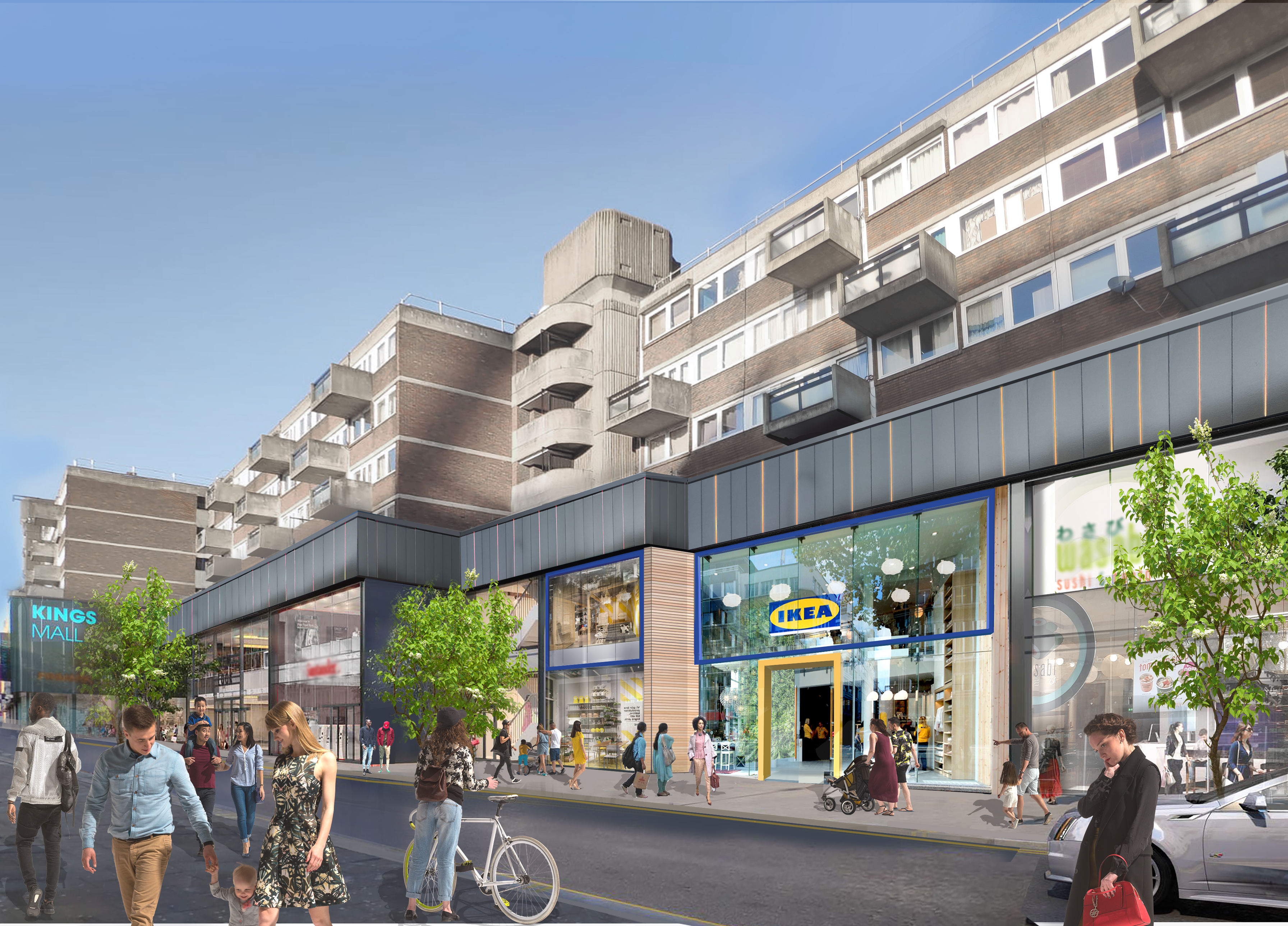
Read More:IKEA Shops Are Coming To The UK Highstreet
The leasing plan is part of IKEA's increasing focus on championing a circular economy and eliminating waste by selling products that can be repaired, recycled or resold.Customers are encouraged to bring their used IKEA furniture back to the store to be re-homed, either by selling it on in the bargain corner in store, or by giving it to a charity. In return, customers receive a monetary voucher based on a percentage of the original value of the item, depending on an evaluation of its current condition.
Could this be the future of interior design?

Lotte is the former Digital Editor for Livingetc, having worked on the launch of the website. She has a background in online journalism and writing for SEO, with previous editor roles at Good Living, Good Housekeeping, Country & Townhouse, and BBC Good Food among others, as well as her own successful interiors blog. When she's not busy writing or tracking analytics, she's doing up houses, two of which have features in interior design magazines. She's just finished doing up her house in Wimbledon, and is eyeing up Bath for her next project.